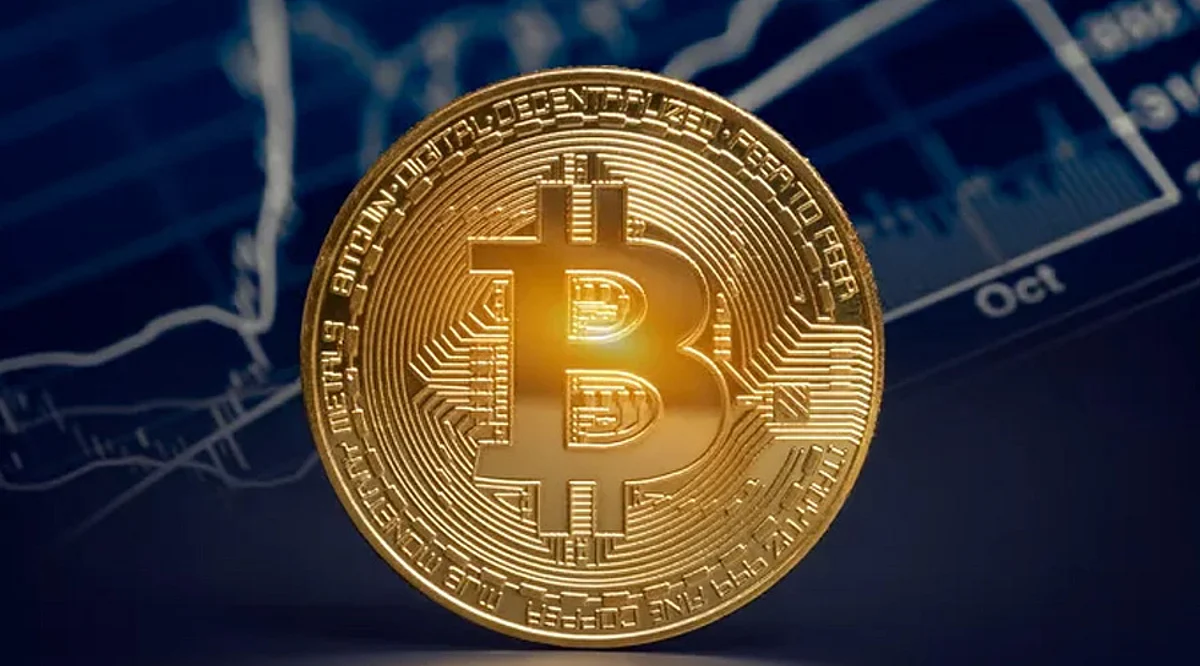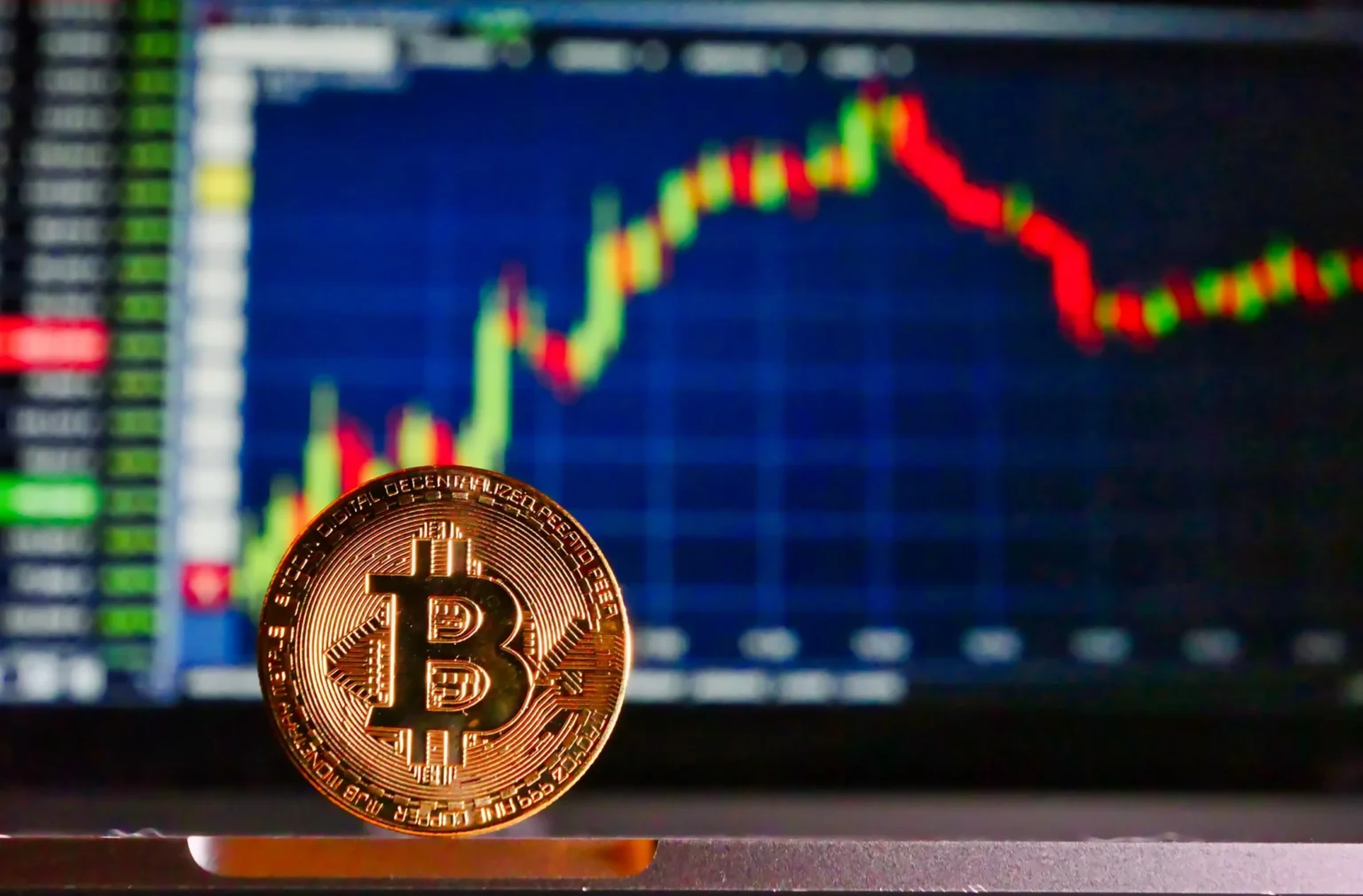Bitcoin trading has become a common way to make money, attracting investors, speculators, and tech fans from all over the world. Bitcoin is the first and most well-known cryptocurrency. Its extreme volatility, global availability, and growing use by institutions make it a fantastic trading opportunity. Anyone who wants to get engaged in the burgeoning world of digital assets has to know the basics of how Bitcoin is exchanged, what affects its price, and what risks are involved.
Bitcoin Trading on Exchanges
Buying and selling Bitcoin on cryptocurrency exchanges is the main way to trade it. This is done by guessing how the price will fluctuate. Trading is different from traditional investing because it usually only lasts a short or medium amount of time and tries to make money off of price changes. Traders can purchase (go long) when they think prices will go up and sell (go short) when they think costs will go down.
People trade on sites like Binance, Coinbase Pro, Kraken, and Bybit. These exchanges give you real-time data, extensive charting tools, and access to both spot markets and derivatives like futures and perpetual contracts. Centralised exchanges provide safety and liquidity, but decentralised exchanges (DEXs) like Uniswap and dYdX are becoming more popular with traders who don’t want to keep their money on an exchange.
Factors Influencing Bitcoin Price
The open market sets the price of Bitcoin, influencing factors such as demand, supply, sentiment, and macroeconomic conditions. One of the main reasons is that there are only 21 million bitcoins available. Many people think of Bitcoin as “digital gold” because of how rare it is, especially when the economy is shaky or the value of paper money drops. It’s also important to know how the market feels. Tweets from important people like Elon Musk or news regarding ETF approvals, SEC rules, or central bank policies can make prices change right away.

Changes in technology inside the Bitcoin ecosystem, such as the Taproot upgrade or a better Lightning Network, might affect how traders feel and how the market works. Changes in interest rates, inflation figures, and geopolitical tensions are also examples of macroeconomic causes. Bitcoin typically moves in the same direction as or against traditional assets like tech stocks or gold, depending on how investors see risk.
Popular Bitcoin Trading Strategies
Depending on their level of experience, aims, and willingness to take risks, Bitcoin traders use different tactics. Day trading means buying and selling a lot of times in one day, and it commonly uses technical indicators like RSI (Relative Strength Index), MACD, or Bollinger Bands. Swing traders, on the other hand, keep their positions for days or weeks to take advantage of bigger market patterns. Scalping is another way that traders make money by making dozens or even hundreds of trades in a single day based on slight price changes. More and more professionals are using algorithmic trading, which is powered by bots and APIs, to automate their tactics.
A lot of traders use both technical and fundamental analysis. They look at Bitcoin’s on-chain data, such how many wallets are active, the hash rate, or how miners respond. Websites like Glassnode and CryptoQuant have useful information in this field. This mixed method helps traders predict what will happen with prices in the future by looking at both chart patterns and network health.
Risks of Bitcoin Trading
There is a lot of danger in trading Bitcoin, but the profits can be big. The market changes a lot, and traders can lose a lot of money quickly if they don’t hedge their bets. When you use leverage, you borrow money to make your position bigger. This makes both your potential gains and losses bigger. BitMEX and Bybit are two examples of platforms that give up to 100x leverage; however, only experienced traders should use these tools.
Another problem is that people can change the market. Some exchanges aren’t well regulated, so pump-and-dump operations and wash trading can mess with price discovery. Traders should only choose platforms that are well-known and follow worldwide standards, have strong security measures, and clear fee structures. Safety is a big worry. There is a risk of losing assets when they are on an exchange. When you’re not actively trading, it’s best to keep your money in hardware wallets like Ledger and Trezor.
Global Regulations on Bitcoin Trading
Regulators around the world are starting to pay more attention to cryptocurrency marketplaces. The SEC and CFTC are two important groups in the US that help make rules about crypto trading. Most people think of Bitcoin as a commodity, but trading platforms still have to follow anti-money laundering (AML) and know-your-customer (KYC) rules. The upcoming MiCA (Markets in Crypto-Assets) regulation in the European Union aims to bring together and standardise how crypto is watched over in all member states.

Japan and Singapore are good places for crypto firms to set up shop since they have clear laws in place. On the other hand, China has completely outlawed crypto trading, which has moved activity to decentralised or offshore sites. The changing legal climate has a big impact on where and how Bitcoin can be exchanged, as well as the kinds of services exchanges can offer.
Future of Bitcoin Trading
As more and more people start using Bitcoin, it looks like the future of trading it will be more and more connected to traditional finance. Bitcoin ETFs, institutional custody solutions, and the ability to use crypto with older payment systems like PayPal and Cash App are making it easier for both retail and institutional investors to get into crypto. Decentralised finance (DeFi) is also changing the way trading works.
Wrapped Bitcoin (WBTC) lets you use BTC on Ethereum and other smart contract platforms, which opens up new ways to trade and lend. Layer 2 solutions, such as the Lightning Network, promise to lower costs and speed up transactions, which will make trading more efficient and scalable. In the future, new technologies like AI, blockchain interoperability, and tokenised assets will keep changing the way people trade cryptocurrencies. But the basic ideas of good risk management, always learning, and following through on your plans will always be important.
Final thought
Bitcoin trading is one of the most exciting and fast-paced parts of the financial world. It draws people from all walks of life because it combines cutting-edge technology, new ways of making money, and speculating on the market. The chances might be big, but so can the hazards. Traders may trade Bitcoin with more confidence and success if they understand how the market works, use good methods, and remain up to date on what’s going on around the world.







